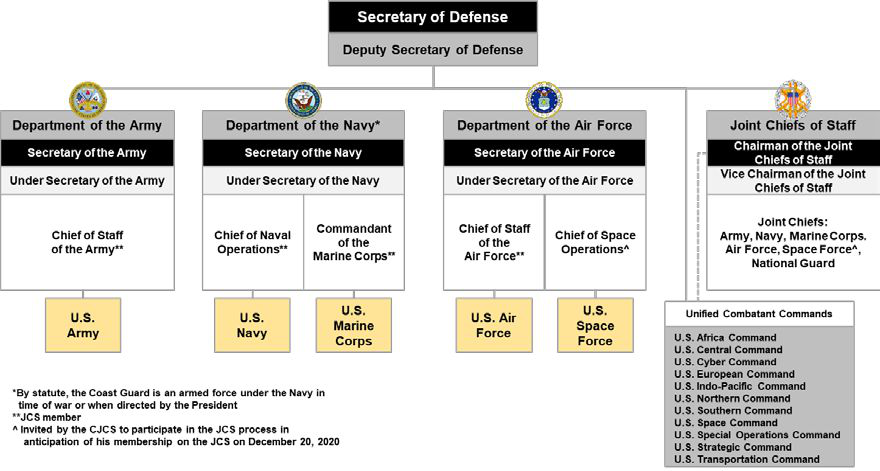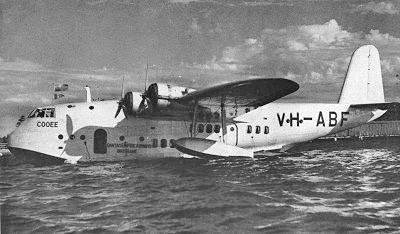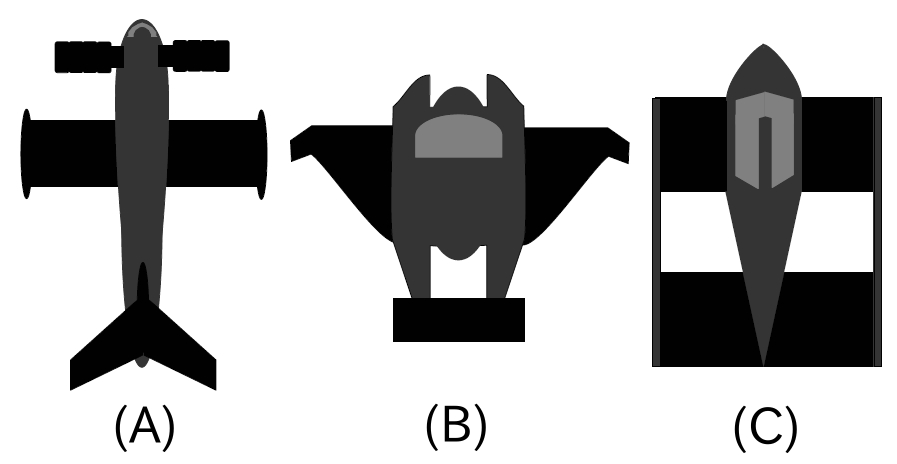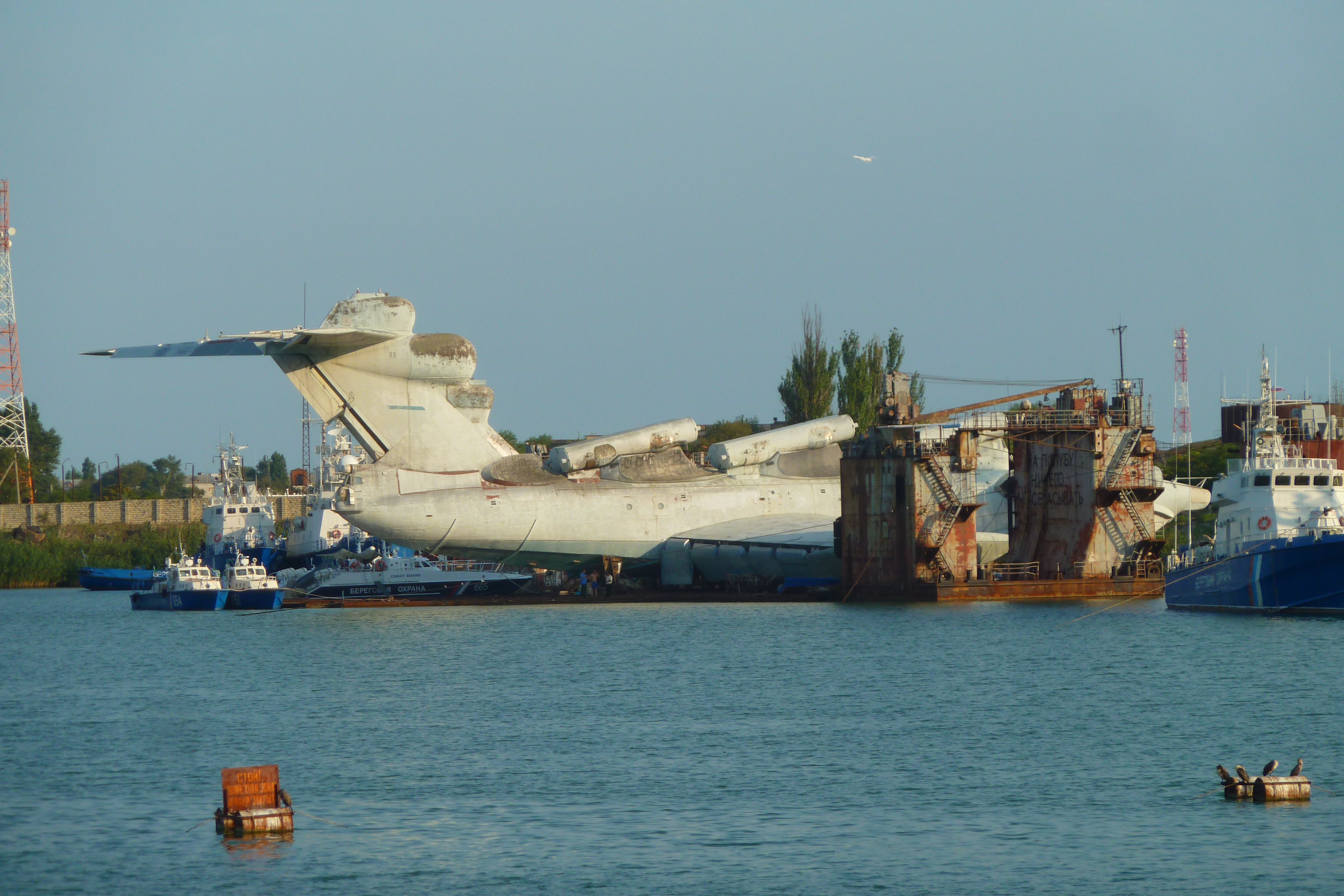|
Liberty Lifter
The Liberty Lifter is a U.S. military Defense Advanced Research Projects Agency (DARPA) project, launched in mid-2022, to develop a low-cost seaplane that uses the ground effect to travel long distances. Unlike Soviet-era ekranoplan designs like the Caspian Sea Monster, the Liberty Lifter aircraft is expected to operate in moderate to rough sea states, and be able to fly out of ground effect. History DARPA launched the project in mid-2022, wanting a plane that could lift large, heavy loads by skimming the water in ground effect, and capable of operating at mid-altitudes of up to . Utilizing the ground effect, flying at an altitude equal to 5% of the wingspan can deliver 2.3 times more efficient flight performance. Such a vehicle would be able to land and take off from the water, making it runway-independent. In February 2023, DARPA awarded contracts to two contractors to develop their own plans. One was General Atomics Aeronautical Systems (GA-ASI), partnering with Maritime Appl ... [...More Info...] [...Related Items...] OR: [Wikipedia] [Google] [Baidu] |
Ground-effect Vehicle
A ground-effect vehicle (GEV), also called a wing-in-ground-effect (WIGE or WIG), ground-effect craft/machine (GEM), wingship, flarecraft, surface effect vehicle or ekranoplan (), is a vehicle that is able to move over the surface by gaining support from the reactions of the air against the surface of the earth or water. Typically, it is designed to glide over a level surface (usually over the sea) by making use of ground effect, the aerodynamic interaction between the moving wing and the surface below. Some models can operate over any flat area such as frozen lakes or flat plains similar to a hovercraft. The term Ground-Effect Vehicle originally referred to any craft utilizing ground effect, including what is known later as hovercraft, in descriptions of patents during the 1950s. However, this term is nowadays regarded as distinct from air-cushion vehicles or hovercraft. The definition of GEVs does not include racecars utilizing ground-effect for increasing downforce. Des ... [...More Info...] [...Related Items...] OR: [Wikipedia] [Google] [Baidu] |
United States Department Of Defense
The United States Department of Defense (DoD, USDOD, or DOD) is an United States federal executive departments, executive department of the federal government of the United States, U.S. federal government charged with coordinating and supervising the six U.S. armed services: the United States Army, Army, United States Navy, Navy, United States Marine Corps, Marines, United States Air Force, Air Force, United States Space Force, Space Force, the United States Coast Guard, Coast Guard for some purposes, and related functions and agencies. As of November 2022, the department has over 1.4 million active-duty uniformed personnel in the six armed services. It also supervises over 778,000 National Guard (United States), National Guard and reservist personnel, and over 747,000 civilians, bringing the total to over 2.91 million employees. Headquartered at the Pentagon in Arlington County, Virginia, just outside Washington, D.C., the Department of Defense's stated mission is "to provid ... [...More Info...] [...Related Items...] OR: [Wikipedia] [Google] [Baidu] |
DARPA Projects
The Defense Advanced Research Projects Agency (DARPA) is a research and development agency of the United States Department of Defense responsible for the development of emerging technologies for use by the military. Originally known as the Advanced Research Projects Agency (ARPA), the agency was created on February 7, 1958, by President Dwight D. Eisenhower in response to the Soviet Union, Soviet launching of Sputnik 1 in 1957. By collaborating with academia, industry, and government partners, DARPA formulates and executes research and development projects to expand the frontiers of technology and science, often beyond immediate U.S. military requirements.Dwight D. Eisenhower and Science & Technology, (2008). Dwight D. Eisenhower Memorial CommissionSource The name of the organization first changed from its founding name, ARPA, to DARPA, in March 1972, changing back to ARPA in February 1993, then reverted to DARPA in March 1996. ''The Economist'' has called DARPA "the agency that ... [...More Info...] [...Related Items...] OR: [Wikipedia] [Google] [Baidu] |
Flying Boats
A flying boat is a type of seaplane with a hull (watercraft), hull, allowing it to land on water. It differs from a floatplane in having a fuselage that is purpose-designed for flotation, while floatplanes rely on fuselage-mounted floats for buoyancy. Though a flying boat’s fuselage provides buoyancy, it may also utilize under-wing Float (nautical), floats or wing-like hull projections (called sponsons) for additional stability. Ascending into common use during the First World War, flying boats rapidly grew in both scale and capability during the interwar period, during which time numerous operators found commercial success with the type. Flying boats were some of the largest aircraft of the first half of the 20th century, exceeded in size only by bombers developed during the Second World War. Their advantage lay in using water instead of expensive land-based runways, making them the basis for international airlines in the interwar period. They were also commonly used as mar ... [...More Info...] [...Related Items...] OR: [Wikipedia] [Google] [Baidu] |
Ekranoplans
A ground-effect vehicle (GEV), also called a wing-in-ground-effect (WIGE or WIG), ground-effect craft/machine (GEM), wingship, flarecraft, surface effect vehicle or ekranoplan (), is a vehicle that is able to move over the surface by gaining support from the reactions of the air against the surface of the earth or water. Typically, it is designed to glide over a level surface (usually over the sea) by making use of ground effect (aerodynamics), ground effect, the aerodynamic interaction between the moving wing and the surface below. Some models can operate over any flat area such as frozen lakes or flat plains similar to a hovercraft. The term Ground-Effect Vehicle originally referred to any craft utilizing ground effect, including what is known later as hovercraft, in descriptions of patents during the 1950s. However, this term is nowadays regarded as distinct from air-cushion vehicles or hovercraft. The definition of GEVs does not include racecars utilizing Ground effect (cars) ... [...More Info...] [...Related Items...] OR: [Wikipedia] [Google] [Baidu] |
United States Military Transport Aircraft
United may refer to: Places * United, Pennsylvania, an unincorporated community * United, West Virginia, an unincorporated community Arts and entertainment Films * ''United'' (2003 film), a Norwegian film * ''United'' (2011 film), a BBC Two film * ''The United'' (film), an unreleased Arabic-language film Literature * ''United!'' (novel), a 1973 children's novel by Michael Hardcastle Music * United (band), Japanese thrash metal band formed in 1981 Albums * ''United'' (Commodores album), 1986 * ''United'' (Dream Evil album), 2006 * ''United'' (Marvin Gaye and Tammi Terrell album), 1967 * ''United'' (Marian Gold album), 1996 * ''United'' (Phoenix album), 2000 * ''United'' (Woody Shaw album), 1981 Songs * "United" (Judas Priest song), 1980 * "United" (Prince Ital Joe and Marky Mark song), 1994 * "United" (Robbie Williams song), 2000 * "United", a song by Danish duo Nik & Jay featuring Lisa Rowe * "United (Who We Are)", a song by XO-IQ, featured in the television serie ... [...More Info...] [...Related Items...] OR: [Wikipedia] [Google] [Baidu] |
TTS-IS
TTS-IS (Russian Тяжелый транспортный самолет интегральной схемы (ТТС-ИС), heavy transport aircraft integrated circuit (HTA-IC)) is a project by TsAGI for a very large wing-in-ground-effect, lifting-body cargo aircraft with a take-off weight of 1000 tons, a payload of 500 tons, with a flight range of over 6000 km, a cruising speed of 500 km / h. Although the aircraft typically flies at above water, ice, or ground to reduce drag, it is designed to take off and land at conventional airports, unlike most ground effect vehicles but similar to the Boeing Pelican. As with the Airbus A380 and the Boeing 747-8, the aircraft is designed to land at airports that meet the Aerodrome Reference Code code 4F standard of the International Civil Aviation Organization (ICAO). It is also notable for the use of liquefied natural gas (LNG) as its aviation fuel source, and for the use of intermodal containers that are standardized in train, ship, and tr ... [...More Info...] [...Related Items...] OR: [Wikipedia] [Google] [Baidu] |
Spasatel
Spasatel ( "Rescuer", "Lifesaver", Project 9038) is a ground-effect vehicle, originally planned by the Soviet Ministry of Defense. The vehicle was intended to serve as the missile carrier of the project ''Lun''-class ekranoplan, but was then converted into an ambulance craft. Following the collapse of the Soviet Union in 1991, construction was halted and the vehicle was never completed. By 2018, Russia had revived the project, with plans to use it for search and rescue operations in the Arctic and Pacific, as well as cargo and troop delivery (up to 550 troops) to remote military bases. Goals A military advantage of ground-effect vehicles over ships and submarines was that they did not have draft during operation, and therefore could not be detected by sonar and could not be hit by torpedoes. Advantages over aircraft include operation at low altitude, which makes radar acquisition difficult, and a larger payload. This was particularly interesting during the Cold War as a way ... [...More Info...] [...Related Items...] OR: [Wikipedia] [Google] [Baidu] |
Lun-class Ekranoplan
The ''Lun''-class ekranoplan (List of ships of Russia by project number, Soviet classification: Project 903) is the only ground effect vehicle (GEV) to ever be Initial operating capability, operationally deployed as a Surface combatant, warship, deploying in the Caspian Flotilla. It was designed by Rostislav Alexeyev in 1975 and used by the Soviet Navy, Soviet and later Russian Navy, Russian navies from 1987 until sometime in the late 1990s. It flew using lift generated by the Ground effect (aircraft), ground effect acting on its large wings when within about above the surface of the water. Although they might look similar to traditional aircraft, ekranoplans like the ''Lun'' are not classified as aircraft, seaplanes, hovercraft, or hydrofoils. Rather, craft like the ''Lun''-class ekranoplan are classified as maritime ships by the International Maritime Organization due to their use of the ground effect, in which the craft glides just above the surface of the water. The Groun ... [...More Info...] [...Related Items...] OR: [Wikipedia] [Google] [Baidu] |
Beriev Be-2500
The Beriev Be-2500 Neptun () is a super heavy amphibious transport aircraft that, as of 2007, was in design and development by Russian design firm Beriev. The maximum takeoff weight is estimated at 2500 tons, hence its name. Design and development It has been designed to serve both as a conventional jet aircraft, flying at high altitudes transcontinentally, as well as a craft using the Ground-effect vehicle, ground-effect on intercontinental routes across the sea. It is planned to fly via intercontinental routes, taking off from normal seaports without needing special infrastructure. The concept is thought to have some connection with the Lun-class ekranoplan of the 1970s. If it entered service, it would become the largest airplane in the world. The concept of the aircraft was developed in the 1980s by the Beriev Design Office in collaboration with TsAGI and TsIAM. There are two versions of the design that differ in the arrangement of the gear units and in the geometric design ... [...More Info...] [...Related Items...] OR: [Wikipedia] [Google] [Baidu] |







